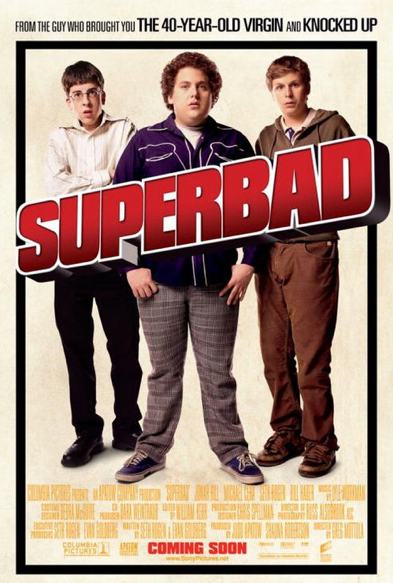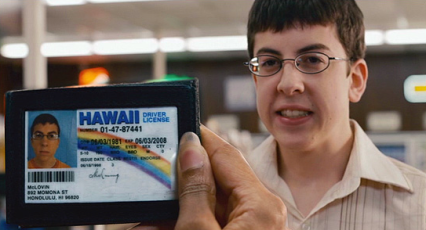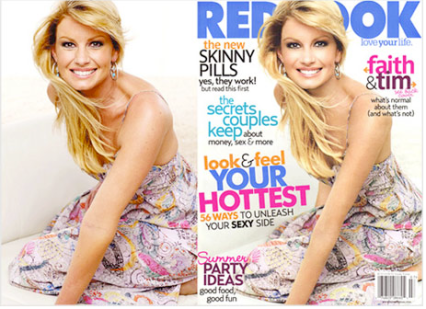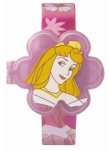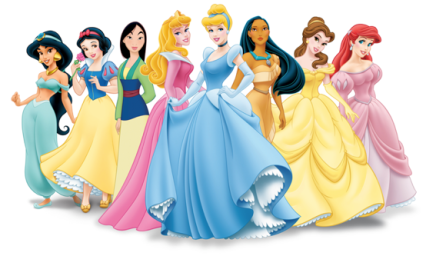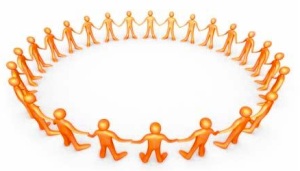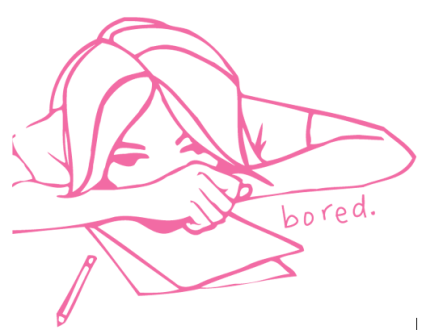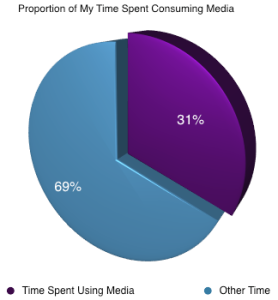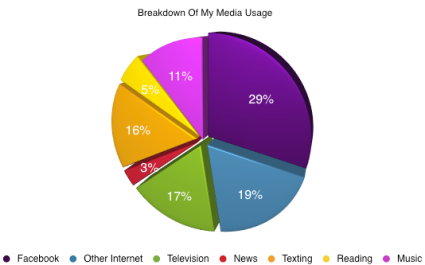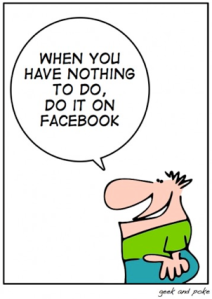The first ad that caught my eye when flipping through People magazine was an ad for Jovan “Satisfaction” fragrance for men and women. 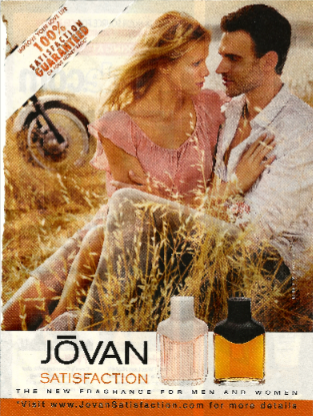 At first, I admired the beautiful photo that took up almost the entire page.
At first, I admired the beautiful photo that took up almost the entire page.
It depicted a beautiful blonde gazing into the eyes of a ruggedly handsome man with an unbuttoned shirt, while sitting in a field of wheat, with a lake and an old-fashioned bicycle placed perfectly in the background.
At first, it didn’t appear to be that different from other fragrance ads that I had seen. But then I noticed a ridiculous claim printed on the top left corner of the page. It said, “Improve your love life; 100% satisfaction guaranteed, or your money back!”
I had to read it a second time to process if this was for real. How can a fragrance improve anyone’s love life? The cologne that a guy wears or the perfume that I choose won’t make that much of a difference. It’s completely superficial.
Our culture is intently focused on love and sex. Every girl puts on a show, dressing up in her highest heels, glossing her lips and curling her hair, in an endless pursuit to find the man of her dreams.
But is he really even out there? And is it fair that we as women are expected to flaunt ourselves in an attempt to catch his attention? What I want to know is why we feel the need to conform to the social pressures concerning women and body image.
After taking a close look at that one ad, I kept an eye out for more of the perfume advertisements that I would usually overlook. A few pages later, I came across yet another photo taken in a field of wheat… Weird.
 In the picture, a very thin, young girl was laying among the wheat that was flowing in the breeze. She was scantily clad in a white bikini, almost unnoticeable against her fair skin. She clutched an oversized bottle of Marc Jacobs “Daisy” perfume against her chest, a large white flower topping off the cap.
In the picture, a very thin, young girl was laying among the wheat that was flowing in the breeze. She was scantily clad in a white bikini, almost unnoticeable against her fair skin. She clutched an oversized bottle of Marc Jacobs “Daisy” perfume against her chest, a large white flower topping off the cap.
Although the ad was clever, I wondered why the girl had to be wearing so little clothing, and why she was so terribly thin. Just another unrealistic message to the women in society, I suppose. Being thin and half-naked has nothing to do with daisies, and certainly has nothing to do with smelling nice.
With a sigh, I continued flipping through the pages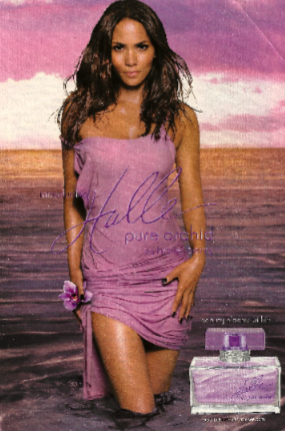 of People magazine. Within seconds, I turned the page, only to see Halle Berry staring back at me. She wore a slinky purple dress with an orchid pinned on the side, hiking up the hem of the already short ensemble. Emerging soaking wet from the ocean, she could easily catch the attention of anyone passing by the Halle “Pure Orchid” advertisement.
of People magazine. Within seconds, I turned the page, only to see Halle Berry staring back at me. She wore a slinky purple dress with an orchid pinned on the side, hiking up the hem of the already short ensemble. Emerging soaking wet from the ocean, she could easily catch the attention of anyone passing by the Halle “Pure Orchid” advertisement.
The everyday woman is far too easily influenced by celebrities. Especially after constantly seeing these heavily air-brushed pictures, women’s standards for themselves are set higher. At the same time, men begin to expect even more, disappointed when the women of the real world don’t look like the models they see on paper.
The next fragrance advertisement that I  stumbled upon was “Very Hollywood” by Michael Kors. It depicted a glamorous blonde striking a pose on the red carpet in a rhinestoned gown, with her attractive male escort by her side, the paparazzi all focused on her, and a diamond ring that seemed to weigh down her delicate finger.
stumbled upon was “Very Hollywood” by Michael Kors. It depicted a glamorous blonde striking a pose on the red carpet in a rhinestoned gown, with her attractive male escort by her side, the paparazzi all focused on her, and a diamond ring that seemed to weigh down her delicate finger.
Once again, another celebrity that sets everyone’s standards unrealistically high. Not to mention, they just had to put a who-knows-how-many-carats diamond ring on her finger as she stands next to her man, and we see the portrayal of a woman who is dependent on men.
As the magazine came to a close, I caught a glimpse of one last  fragrance advertisement that just put the icing on the cake. It showed the close up of a girl, only from her lips to her chest, wearing nothing but a necklace and some dewy pink lip gloss. Her lips were seductively parted, ready to nibble on the red candy apple that she held in her perfectly manicured hand.
fragrance advertisement that just put the icing on the cake. It showed the close up of a girl, only from her lips to her chest, wearing nothing but a necklace and some dewy pink lip gloss. Her lips were seductively parted, ready to nibble on the red candy apple that she held in her perfectly manicured hand.
It portrayed innocence, youth, beauty, and most of all, sex. None of which has anything to do with perfume, and everything to do with influencing our society to pressure women into conforming to some idealistic mold.
Somehow, even though perfume has nothing to do with your body, age, social status or sexuality, advertisers take advantage of women today, manipulating them to buy into the cultural images that are too often portrayed in the media.
Despite the obvious manipulation, we keep on buying the magazines that are filled to the brim with these influential ads, continuing the ongoing pressures on women in our culture today.
